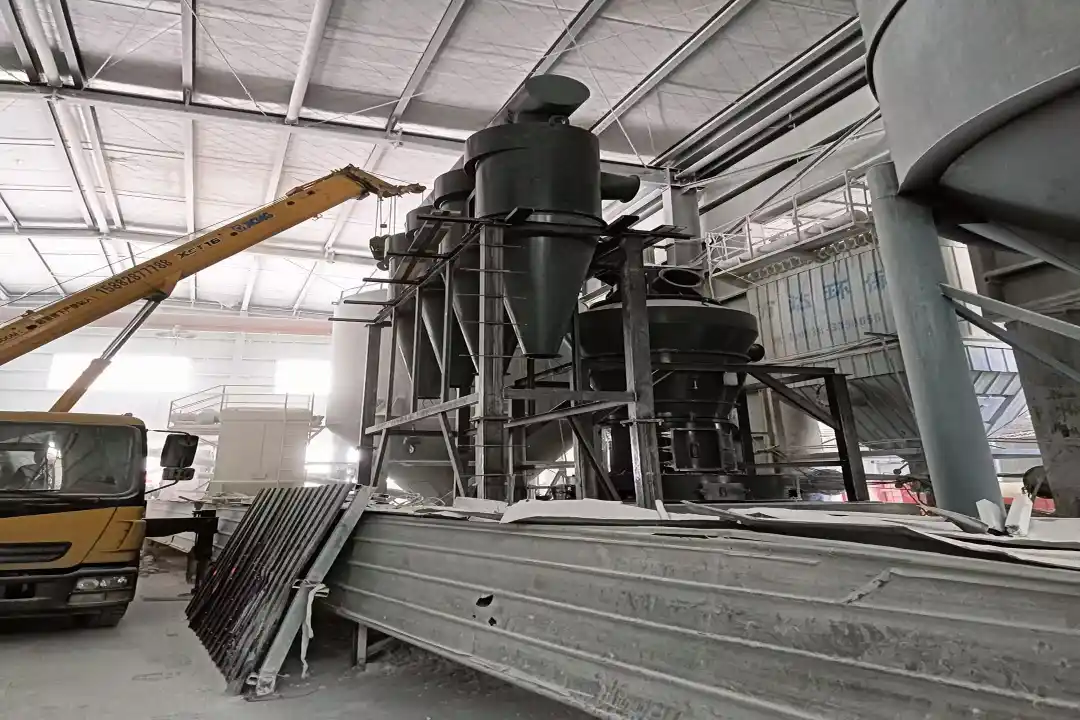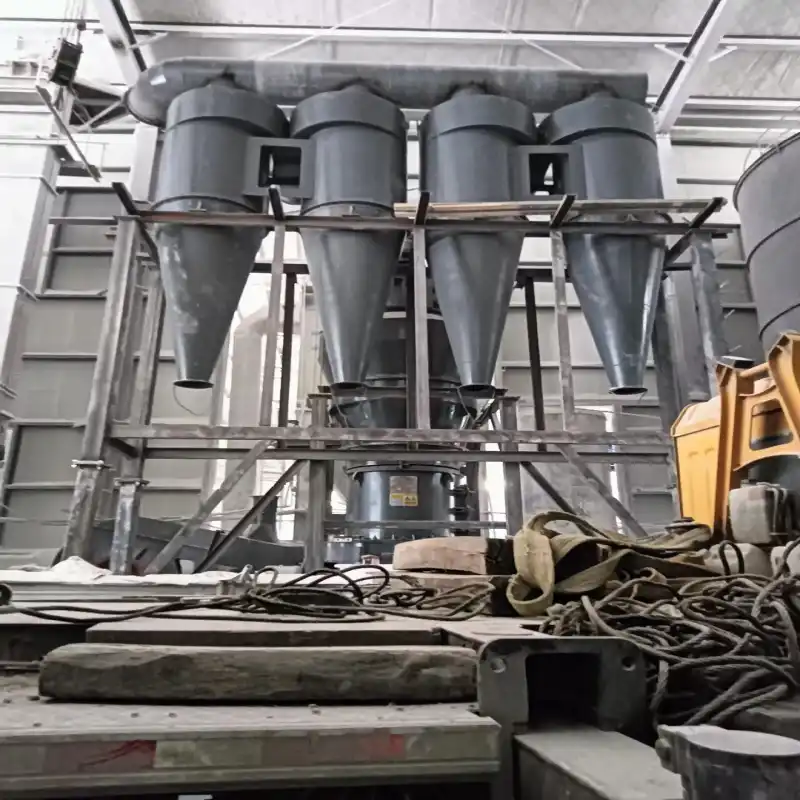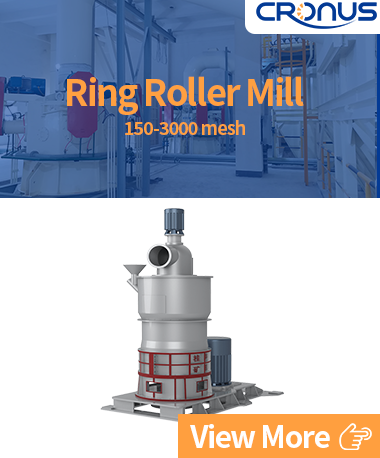
What important roles does calcium hydroxide play in steel mills?
Calcium hydroxide (Ca(OH)₂), commonly known as slaked lime or hydrated lime, is an important inorganic compound that is widely used in the steel industry. It not only plays a key role in the steel production process, but also plays an important role in environmental protection and waste treatment in steel plants.
Application in steel production
Application in ironmaking
In the ironmaking process, calcium hydroxide is mainly used for slag adjustment in blast furnaces. A large amount of slag is produced during blast furnace ironmaking, which is mainly composed of silicates, aluminates, etc. The addition of calcium hydroxide can adjust the alkalinity of the slag, making it easier to flow and separate, thereby improving the efficiency of ironmaking. In addition, calcium hydroxide can also react with acidic oxides in the slag to generate easily separated calcium silicate and calcium aluminate, thereby reducing the erosion of the blast furnace by the slag and extending the service life of the blast furnace.
Application in steelmaking
In the steelmaking process, calcium hydroxide is mainly used for desulfurization and dephosphorization of molten steel. The sulfur and phosphorus contained in molten steel can seriously affect the performance of steel, such as reducing its toughness and ductility. Calcium hydroxide can react with sulfur and phosphorus in molten steel to generate sulfides and phosphates that are insoluble in molten steel, thereby removing these harmful elements and improving the quality of steel.
Environmental protection and waste treatment
Waste gas treatment
A large amount of waste gas is generated during the steel production process, which contains harmful gases such as sulfur dioxide (SO₂) and nitrogen oxides (NOx). Calcium hydroxide can react with these gases to generate harmless substances such as calcium sulfate (CaSO₄) and calcium nitrate (Ca(NO₃)₂), thereby reducing the pollution of waste gas to the environment. For example, calcium hydroxide can be used in wet desulfurization process to achieve the purpose of desulfurization by reacting with SO₂ to generate CaSO₄.

Wastewater treatment
Wastewater treatment in steel plants is also an important part of environmental protection. Heavy metal ions and suspended solids in wastewater need to be treated by chemical precipitation. Calcium hydroxide can be used as a precipitant to react with heavy metal ions in wastewater to generate water-insoluble hydroxide precipitates, thereby removing these harmful substances. In addition, calcium hydroxide can also adjust the pH value of wastewater to meet emission standards.
Solid waste treatment
Solid waste generated during steel production, such as blast furnace slag, converter slag, etc., also needs to be treated. Calcium hydroxide can react with harmful components in these wastes to generate stable compounds, reducing their harm to the environment. For example, calcium hydroxide can react with free calcium oxide in blast furnace slag to generate calcium silicate, thereby reducing its pollution to soil and water bodies.



